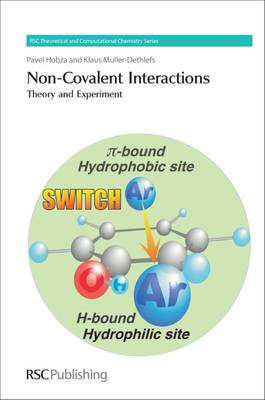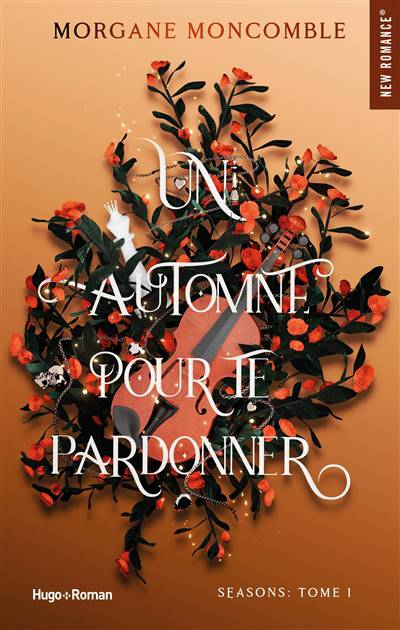
- Retrait gratuit dans votre magasin Club
- 7.000.000 titres dans notre catalogue
- Payer en toute sécurité
- Toujours un magasin près de chez vous
- Retrait gratuit dans votre magasin Club
- 7.000.000 titres dans notre catalogue
- Payer en toute sécurité
- Toujours un magasin près de chez vous
246,95 €
+ 493 points
Description
The aim of this book is to provide a general introduction into the science behind non-covalent interactions and molecular complexes using some important experimental and theoretical methods and approaches. It is the first monograph on this subject written in close collaboration between a theoretician and an experimentalist which presents a coherent description of non-covalent interactions viewed from these two perspectives. The book describes the experimental and theoretical techniques, and some results obtained by these, which are useful in conveying the principles underlying the observable or computable properties of molecular clusters. The chemical and physical background underlying non-covalent interactions are treated comprehensively and non-covalent interactions is contrasted to ionic, covalent and metallic bonding. The role of dispersion and electrostatic interactions, static and induced multipole moments, charge transfer and charge localisation and de-localisation are described. In addition, the nomenclature and classification of non-covalent interactions and molecular clusters is discussed since there is still no unique agreement on it. The authors were among first who coined the term non-covalent for intermolecular interactions and all interactions can thus be categorised as metallic, covalent and non-covalent. The book covers covalent bonding where the properties of a moiety in a molecular cluster are concerned, for instance its electrostatic multipole moments. The historic development of the field is also briefly outlined, starting from van der Waals who first recognized the fact that molecules in the gas phase interact, through London who explained the fact that non-polar uncharged systems attract each other, making a connection to modern work of theoreticians and experimentalists who have contributed to the present knowledge in the field. The role of non-covalent interactions in nature is discussed and the book also argues why non-covalent interactions and not covalent ones play a key role in biological systems. The authors show the unique significance of non-covalent interactions in biological systems and describe several important processes (molecular recognition, structure of biomacromolecules, etc) that are fundamentally determined by non-covalent interactions. The book is aimed at undergraduate and graduate students who need to learn more about non-covalent interactions and their role in chemistry, physics and biology. It also provides valuable information to non-specialist scientists and also those who work in the area who will find it interesting reading. As both experimental and theoretical procedures are covered, this enables the reader to orientate themselves in this very intensely growing area.
Spécifications
Parties prenantes
- Auteur(s) :
- Editeur:
Contenu
- Nombre de pages :
- 238
- Langue:
- Anglais
- Collection :
- Tome:
- n° 2
Caractéristiques
- EAN:
- 9781847558534
- Date de parution :
- 18-11-09
- Format:
- Livre relié
- Format numérique:
- Ongenaaid / garenloos gebonden
- Dimensions :
- 155 mm x 234 mm
- Poids :
- 498 g







